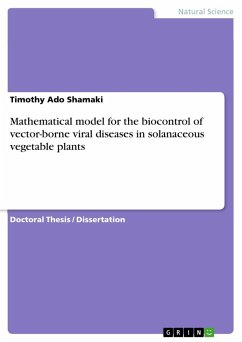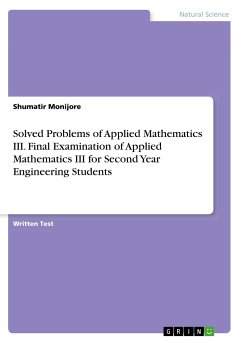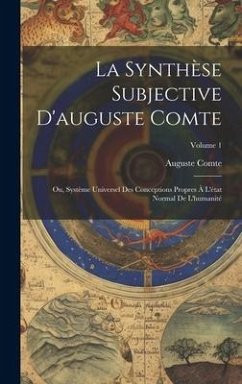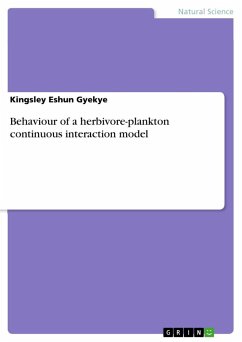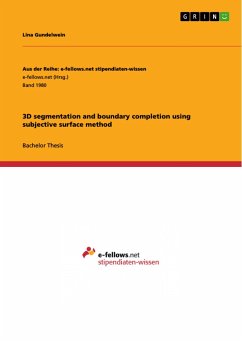
3D segmentation and boundary completion using subjective surface method

PAYBACK Punkte
0 °P sammeln!
Bachelor Thesis from the year 2015 in the subject Mathematics - Applied Mathematics, grade: 1,0, Friedrich-Alexander University Erlangen-Nuremberg (Angewandte Mathematik III), language: English, abstract: Segmentation is used to locate boundaries of an object in a given image. Finding those boundaries is important e.g. for visualizing three dimensional objects and measuring their surface or volume. Ideally, the boundaries coincide with the edges seen in the image. However, due to noise, partly missing information or in case of subjective contours the edges can be irregular and discontinuous. T...
Bachelor Thesis from the year 2015 in the subject Mathematics - Applied Mathematics, grade: 1,0, Friedrich-Alexander University Erlangen-Nuremberg (Angewandte Mathematik III), language: English, abstract: Segmentation is used to locate boundaries of an object in a given image. Finding those boundaries is important e.g. for visualizing three dimensional objects and measuring their surface or volume. Ideally, the boundaries coincide with the edges seen in the image. However, due to noise, partly missing information or in case of subjective contours the edges can be irregular and discontinuous. The human brain is able to perform visual completion that is to say it can in many cases complete those interrupted boundaries by filling in the missing gaps. Simple segmentation methods fail to do so, whereas the subjective surface method succeeds by sharpening the surface around the edges and connecting segmented boundaries across the gaps. Michael Fried is using finite elements with the subjective surface method resulting in an algorithm that detects interrupted boundaries as well as subjective contours in 2D. As an extension of Michael Fried's work, the algorithm presented in this thesis is able to complete missing boundary segments in 3D, smooth out the contours and perform modal completion.




